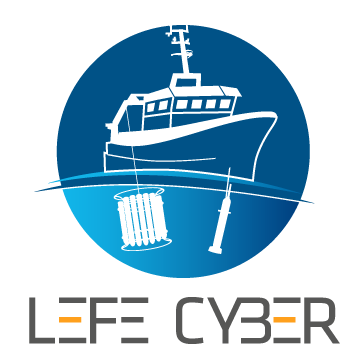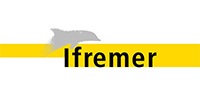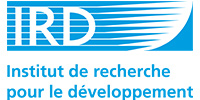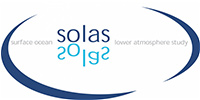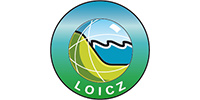Cruises LEFE CYBER
ACTION
Anthropogenic Carbon: Temporal Increase, Obervations and Numerization
- APPROACH A1: ESTIMATION OF CO2 FLUXES ACROSS THE AIR-SEA INTERFACE FROM SURFACE PCO2 MEASUREMENTS
- APPROACH A3: ESTIMATION OF ANTHROPOGENIC CARBON CONCENTRATIONS FROM CARBON AND HYDROGRAPHIC DATA
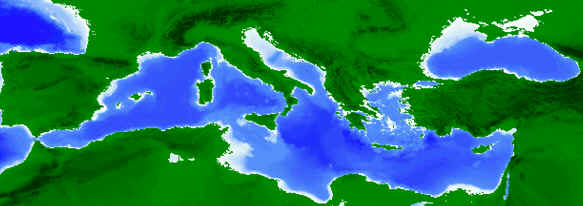
In order to predict the magnitude of future climate change resulting from greenhouse gas emissions, it is necessary to acquire an accurate knowledge of CO2 fluxes across the ocean-atmosphere interface and of the ocean carbon storage efficiency. Today there are three main approaches to estimate the penetration of carbon in the ocean; 1) based on CO2 partial pressure measurements in the surface ocean (Takahashi et al., 1997), 2) based on global ocean modelling (Sarmiento et al., 1992; Siegenthaler and Joos, 1992; Stocker et al., 1994), and 3) based on calculations of anthropogenic carbon concentrations (Brewer, 1978; Chen and Millero, 1979; Gruber et al., 1996; Goyet et al., 1999). Given the uncertainty associated with each of these approaches, there is no preferred approach.
Over the past decade, the international global CO2 survey based on the collaboration of the WOCE and JGOFS programs, provided an accurate baseline of carbon content in the ocean and allowed to characterize on a global scale the transport of inorganic carbon within the ocean and across the ocean-atmosphere. There is now a need to refine these estimates. In particular, there is a need to better understand the role of coastal areas and small basins like the Mediterranean Sea.
Due to the proximity of population centres and concomitant societal emissions to coastal waters, anthropogenic impacts on these coastal waters are likely to be important. Altered climate and hydrological cycles could provoke major physical and biogeochemical changes in coastal areas.
The ACTION project will focus on the Mediterranean Sea which is a strategic area for all bordering countries. Its coast is one of the most heavily populated regions of the world. A large part of a coastal nation’s gross national product is produced through fishing, transportation, recreation, and other industries that depend on a healthy marine coastal environment.
From a purely practical point of view, most laboratories involved in the project (CEFREM, Laboratoire Arago, and LOV) are located on the french mediterranean coast. From a scientific point of view, however, the Mediterranean Sea shows several advantages to analyse and understand its response to the anthropogenic CO2 increase:
- 1) the Mediterranean Sea is a miniaturized ocean with its own ‘Conveyor Belt’; the specific knowledge gained from the ACTION project will be extrapolated to large areas of the global ocean;
- 2) the residence time of the water masses is short (70 – 100 years; Lacombe and Richez, 1982);
- 3) the sensitivity threshold of this marine system is low;
- 4) the anthropogenic pressure is important;
- 5) given the semi-enclosed nature of the Mediterranean Sea, the accuracy of the estimated carbon budget will be very good ;
- 6) the response of the Mediterranean Sea to the anthropogenic perturbations is very rapid as evidenced, since the sixties, by the slight increases noted for the temperature and the salinity of the deep waters (Béthoux et al., 1990), and several nutrients (nitrates and phosphates) in the occidental basin.
Therefore we propose to quantify the uptake and storage of carbon by the Mediterranean sea using the three main approaches; A1) estimation of CO2 fluxes across the air-sea interface from surface pCO2 measurements, and A3) estimation of anthropogenic carbon concentrations from carbon and hydrographic data.
Most goals of ACTION correspond to the first and the second theme of the PROOF proposal.
